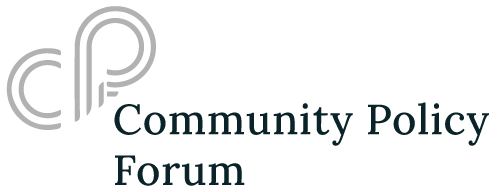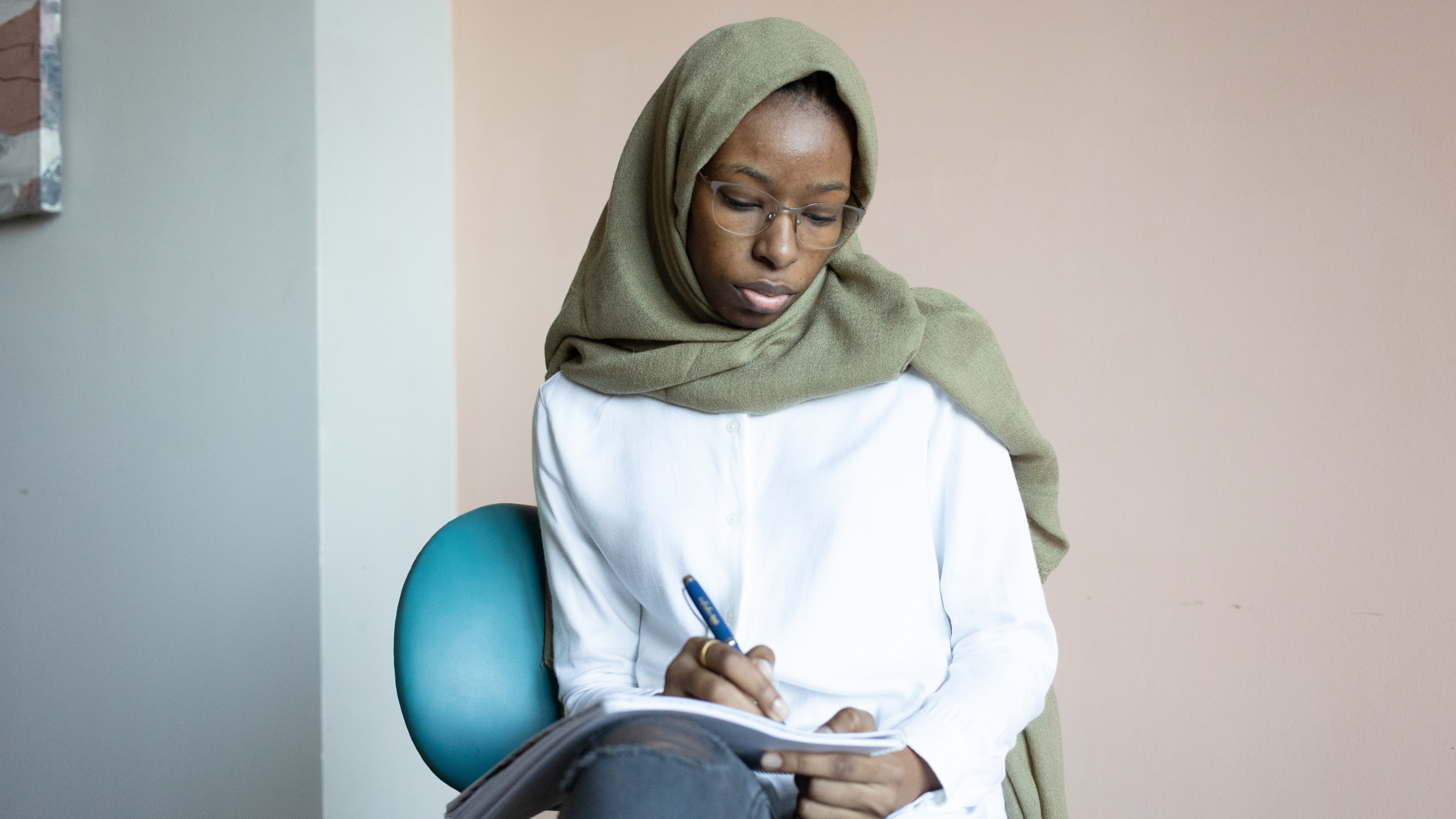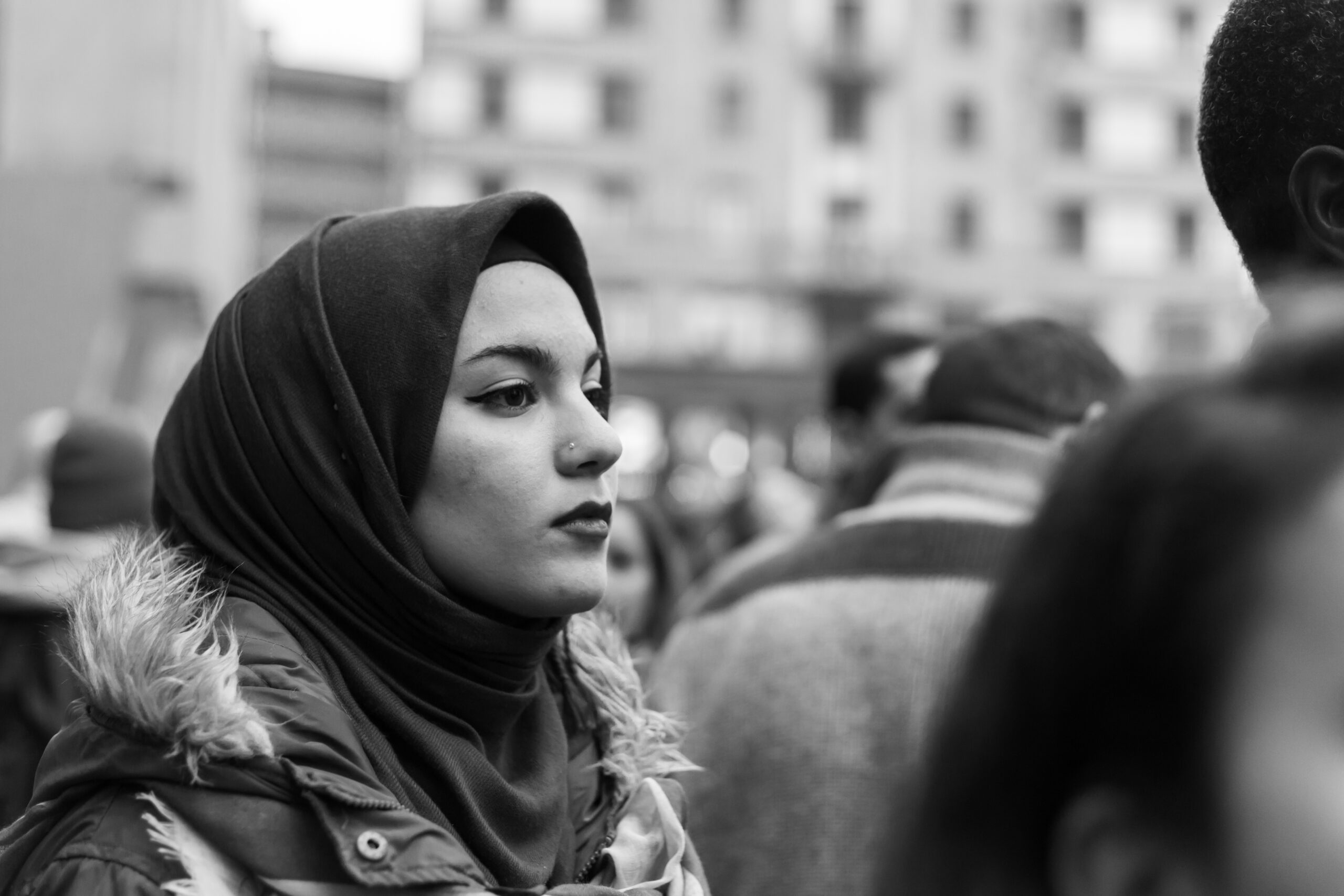Responding to Islamophobia in the Academy
By Izram Chaudry
Abstract
Islamophobia has now arguably become the most ‘acceptable’ form of racism. It has permeated across the consciousness of society impacting all institutions – including academia. Islamophobia has gained traction by taking a sophisticated yet sinister turn to operate in a more subtle, nuanced and discreet fashion compared to the blatant discrimination of the past. In other words, Islamophobia has shifted from the overt to the covert through racial microaggressions. This has allowed it to manifest freely and saturate universities which have been characterised as culturally inclusive and egalitarian spaces. Muslim university students, therefore, are now increasingly experiencing thinly veiled occurrences of ‘othering’ and marginalisation under the camouflage of racial microaggressions. These constitute racial slights and degradations that often appear mundane yet entail racial underpinnings. This article will be situated within the autoethnographic paradigm to foreground my professional experiences in academia to illuminate the inconspicuous nature by which Islamophobia is pervading throughout the corridors of the Academy. There is, currently, a discernible absence of effective policies/interventions to eradicate the prevalence of Islamophobia from higher education. This suggests how there is a considerable amount of work for universities to do in order to create a level playing field for all. To this extent, this article will conclude by providing key recommendations for UK higher education providers to adopt in order to enact positive institutional changes that will benefit Muslim students by safeguarding them from racial/ religious inequalities.
Introduction
Islamophobia has now arguably become the most ‘acceptable’ form of racism. It has permeated across the consciousness of society impacting all institutions – including academia. Islamophobia has gained traction by taking a sophisticated yet sinister turn to operate in a more subtle, nuanced and discreet fashion compared to the blatant discrimination of the past. In other words, Islamophobia has shifted from the overt to the covert through racial microaggressions. This has allowed it to manifest freely and saturate universities which have been characterised as culturally inclusive and egalitarian spaces. Muslim university students, therefore, are now increasingly experiencing thinly veiled occurrences of ‘othering’ and marginalisation under the camouflage of racial microaggressions. These constitute racial slights and degradations that often appear mundane yet entail racial underpinnings. Microaggressions are generally unconsciously delivered with the perpetrator often being unaware that they are communicating hostile, derogatory and/or negative messages towards an individual/group based on their social identity [1]. It is this very invisibility which proves challenging for the victims as they seek muster the courage to challenge perpetrators given that the nature of microaggressions are difficult to evidence. To this extent, it is imperative that greater academic attention is paid towards exploring the implications that Islamophobic microaggressions are having on the experiences, wellbeing, and attainment of Muslims university students [2, 3].
The argument for Islamophobia being a manifestation of racism, or similar to racism, continues to be strenuously contested. This can be seen in etymological discussions of Islamophobia which attempt to discover its ‘true’ meaning. Islamophobia, it is purportedly argued, is a misnomer given that it is not Islam per se which is subject to discriminatory practices but rather Muslims. The criticisms are that the term Islamophobia prevents any legitimate criticisms of Islamic practices. The meaning of a term, however, comes from its usage and locally embedded understandings rather than the application of an etymological rule [4]. In other words, Islamophobia is an umbrella term which is widely understood to encapsulate a spectrum of experiences ranging from everyday ‘slow burning’ microaggressions to violence and murder [5]. This problematises the rebuttals of those seeking to jettison the term Islamophobia in favour of ‘anti-Muslim hatred’. Hate is an emotion. Islamophobia extends beyond the emotive. For example, there generally is no hatred nor any emotive commentaries when passengers who ‘look Muslim’ are racially profiled by security staff at airports [6]. Herein Islamophobia is merely subsumed into the ensemble of the institution. Islamophobia, therefore, is not limited to the emotionally charged behaviours of a few unbalanced individuals. Its expressions manifest not only in extreme epithets but also through everyday microaggressions [7]. It is, therefore, unsustainable to reduce Islamophobia to overt incidents of (physical and verbal) abuse, harassment and violence.
This article will foreground my professional experiences in academia to illuminate the inconspicuous nature by which Islamophobia pervades throughout the corridors of the Academy. This type of evidence has been trivialised for being ‘subjective’, ‘bias’ and ‘anecdotal’. However, detailing complex, personal and intricate narratives require an approach that is versatile and not constrained by rigid methodological conventions. This is facilitated through the autoethnography which offers the platform to interrogate the ‘everyday-ness’ of Islamophobia. This article will spotlight how the absence of effective policies/interventions are responsible for enabling Islamophobia to permeate through the corridors of knowledge. I conclude by detailing recommendations for UK higher education providers to adopt in order to safeguard Muslim students from racial/religious inequalities.
Evidence and Analysis
Religious Observations and Assignment Conflicts
Islamophobia is the undermining of the ability of Muslims to be Muslims [8]. This denial of agency may involve institutions failing to make reasonable accommodations that result in Muslims being unable to practice their faith or express their Muslimness. Observing prayer and religious periods/holidays are often perceived as non-negotiable and constitute a fundamental element to the everyday lives of many Muslims. Extended periods of religious observance, such as Ramadan, have shown to impact the cognitive performance of Muslim students [9]. Abstaining from food and drink alongside having to attend prayers scheduled during the early/late hours of the day have shown to negatively impact performance because of depleted energy levels and fatigue. I was contacted by a final year undergraduate student seeking my counsel about a response that he received from an academic panel when he sought an extension for his dissertation deadline. This student explained to the panel how the taxing nature of fasting had hindered his ability to complete his work on time and that he would benefit from a fortnight extension to ensure that his religious observations did not jeopardise his attainment potential. He received the following email response from an administrator:
“The panel want some confirmation from either the Imam or the Mosque that you observed Ramadan so just a brief email from either of them would be sufficient.”
This email response demonstrated little religious literacy and an understanding of Islam/Muslims. The student subsequently complained to his personal tutor how it would not be possible to obtain written evidence as fasting is generally a private act that cannot be monitored. He was met with the following response from his supposedly most trusted institutional ally:
“I was on the mitigation panel yesterday. It is now common practice to provide evidence that you have been observing Ramadan from your Imam.”
The personal tutor reiterated the request for evidence by claiming that it was part of the ‘business-as-usual’ procedures of the university. There was a vacuousness on behalf of the tutor and the mitigation panel regarding the nature of what they were asking from the student. This incident lays bare the institutional complicity in failing to understand the religious needs of the student and how they ought to be aptly accommodated. Microaggressions enable us to ‘see’ how the (un)conscious everyday encounters and interactions experienced by Muslims are tied to larger systems of Islamophobia that are mediated by institutional processes. It is, after all, the broader manifestations of Islamophobia that generate the conditions for microaggressions to pervade through seemingly innocuous requests that are disguised as “common practice”.
Undermining Lived Experiences
The microaggression may be perpetuated through a microinvalidation which denies or nullifies racialised lived experiences. For example, remarks such as ‘I don’t see colour’, ‘we are all equal’ or ‘we now live in a post-racial society’ all fall under the remit of the microinvalidation as they displace the prominence of ‘race’ in society. These are tricky rebuttals that are likely to surface when highlighting issues such as Islamophobia. The prevailing political backdrop has, furthermore, problematised the ability for individuals to expose social injustices. As the ‘culture wars’ weaponised by politicians and journalists have normalised labels like ‘woke’ or ‘snowflakes’ to stigmatise those opposing prejudice and discrimination. Having completed a presentation of my doctoral research findings, I was approached by a senior white middle-class male academic who insisted upon sharing his observations to ‘enhance’ my work. He commenced by stating what arguments that he strongly disagreed with:
“Hmmmm, I would urge you to revisit your claims about Islamophobia in the boxing gym. Is it Islamophobia or is it something else? It appears to me that you have misunderstood the data for Islamophobia when really it is highlighting crucial health and safety. You say that a boxing trainer excluding someone from the gym for fasting is Islamophobia, I would say that it was a sensible decision in protecting them from experiencing dehydration. I am afraid that you are mistaken here.”
I appreciated how the person providing the feedback had no expertise in this subject so I responded by justifying my perspective and explaining why the data exemplified Islamophobia. This was, however, met with some ‘huffing and puffing’ and ‘eye-rolls’ as he had no interest in listening after rejecting the premise of my findings. The concept ‘white fragility’ was neologised to describe situations where white people demonstrate stress, boredom and/or frustration as they are exposed to the racial perspectives/experiences of people of colour [10]. There was implicit communication being emitted that he was the authoritative voice and how I did not know what I was talking about. I felt accused of stretching the truth just to produce a research output by talking about Islamophobia where it did not exist. Disrupting Islamophobia (and indeed every other form of prejudice or discrimination) is a courageous act. It is work that requires willpower and stamina given the constant exposure to its debilitating effects. This task becomes more burdensome when faced by microaggressions from those in academic/pastoral positions who deny experiential realities and question integrity.
Recommendations
Based on the analysis, this section will detail some key recommendations for UK higher education institutions to consider and adopt. Currently, the absence of effective policies/interventions to combat Islamophobia from academia suggests that there is a considerable amount of work outstanding for universities to create a level playing field. The recommendations offered will contribute towards enacting positive institutional transformations to benefit Muslim students and safeguard them from racial/religious inequalities.
1) Adopting The ‘Islamophobia as a Type of Racism’ Definition
The definition that “Islamophobia is rooted in racism and is a type of racism that targets expressions of Muslimness or perceived Muslimness” [11] should be adopted. This is an important starting point for higher education institutions committing towards comprehending how Islamophobia manifests and what measures should be taken to eradicate it. This definition is advantageous as the link to racism offers pragmatic and theoretical benefits [12]. Firstly, complaints about Islamophobia would not merit inventing new procedures as universities may use those already in place for dealing with racism. Secondly, the connection to racism is insightful for understanding how Islamophobia is dynamic and not limited to overt acts. For example, its manifestations may range from microaggressions to hate crimes depending on the circumstances. To summarise, adopting a/the definition constitutes an initial step towards bringing Islamophobia into the language of an institution. Herein, Muslims are more likely to feel confident that their plight will be understood and treated with the utmost seriousness.
2) Improving Diversity in Decision-Making Roles
Diversity must be promoted across senior decision-making posts. Diversity is the work undertaken to transform institutions by welcoming groups that have hitherto been excluded. The drive to diversify workforces is readily visible through the footnote featured beneath most job advertisements in academia … “we value a diverse workforce and would particularly welcome applications from BAME candidates where we are currently underrepresented”. There have been legitimate reservations about the effectiveness of improving diversity to tackle inequalities with arguments that diversity is merely a performative and ‘box-ticking’ exercise to alleviate any criticisms that may be institutionally damaging. However, promoting greater diversification amongst managerial and professorial ranks may offer lived insights about the wider requirements of student cohorts. For example, a Muslim academic overseeing an ethics panel would appreciate that requesting evidence from a student on whether they have been observing Ramadan would be nonsensical. Not only would this produce stress for the student but it may also bring the institution into repute with the surrounding Muslim community.
3) Promoting Greater Awareness
A) Islam and Muslims
Religious literacy training for staff and students should be provided to mitigate the possibilities of Muslims being intentionally or unintentionally discriminated against for practicing their faith or expressing their Muslimness. This may be accompanied by the circulation of information across the institution during religious periods/festivals to offer accessible insights into religious practices. These interventions must strive to educate whilst contemporaneously quashing myths and misconceptions that are likely to evolve into Islamophobia if they remain unchecked.
B) Islamophobia
Training and workshops should be provided for staff and students to be educated on the multifaceted nature of Islamophobia. Islamophobia is often reduced to the prejudicial attitudes and actions of far-right groups seeking to inflict harm or cause offense. This understanding ignores the variety of ways in which Islamophobia may manifest and how ‘well intentioned’ people may also be perpetrators. Training and workshops would allow for individuals to reflect upon their own prejudices and how these may be (perhaps inadvertently) shaping their interactions. However, promoting greater awareness about Islamophobia requires more than annual mandatory training courses or keynotes from experts. Rather, it warrants a multipronged approach where robust measures are taken and policies are introduced to transform the culture of an institution in order to make it more inclusive for Muslims.
Conclusion
Islamophobia is a pervasive manifestation of racism and requires urgent redress at institutional level. Islamophobia is not always intentional nor is it always apparent. It has developed the fluidity to operate in more hidden and discrete ways thus escaping the repercussions that are inextricably tied with more visible occurrences. This article sought to foreground the ‘everyday-ness’ of Islamophobia in the Academy. I framed my argument by suggesting how it is the institutional conditions that breed the fertile ground for microaggressions to flourish. By simply tackling the most noticeable forms of Islamophobia whilst contemporaneously ignoring its more concealed manifestations – any efforts to build a fairer and more equitable Academy seem in vain. Universities should endeavour to be ‘chameleon-like’ by demonstrating the capability to adapt and respond to the dynamic threat(s) posed by Islamophobia. They must utilise the vast number of resources at their disposal to eradicate the religious/racial inequalities that may be marring the experiences, wellbeing and attainment of Muslim students. Doing nothing would be an active choice.
Acknowledgements
I would like to express my gratitude to S. Sayyid not only for his invaluable feedback on an earlier draft of this article. But also, for laying the intellectual foundations which have enriched my thinking and work around Islamophobia.
About the Author
Izram Chaudry is a Qualitative Research Assistant in the School of Social and Political Sciences at the University of Lincoln. He has just submitted his PhD thesis entitled ‘Reflexive BrAsian Family Practices’ which he completed at the School of Sociology and Social Policy at the University of Leeds.
References
[1] Sue, D.W. Capodilupo, C.M. Torino, G.C. Bucceri, J.M. Holder, A. Nadal, K.L. and Esquilin, M. (2007) Racial Microaggressions in Everyday Life: Implications for Clinical Practice. American Psychologist, 62 (4), p. 271.
[2] Chaudry, I. (2021) “I Felt Like I Was Being Watched”: The Hypervisibility of Muslim Students in Higher Education. Educational Philosophy and Theory, 53 (3), pp. 257-269.
[3] Stevenson, J. (2014) Internationalisation and Religious Inclusion in United Kingdom Higher Education. Higher Education Quarterly, 68 (1), pp. 46-64.
[4] Sayyid, S. (2010) Out of The Devil’s Dictionary. In S. Sayyid, and A. Vakil, Thinking Through Islamophobia, Hurst, pp. 5-18.
[5] Sayyid, S. and Vakil, A. (2021) Foreword. In (MCB) Defining Islamophobia: A Contemporary Understanding of How Expressions of Muslimness Are Targeted. Available From: https://mcb.org.uk/wp-content/uploads/2021/03/FULL-SPREAD IslamophobiaReport_020321_compressed.pdf. Accessed on: 01/11/2022.
[6] Considine, C. (2017) The Racialization of Islam in the United States: Islamophobia, Hate Crimes and “Flying While Brown”. Religions, 8 (165), pp. 1-19.
[7] Goldberg, D.T. (2016) Racial Subjects: Writing on Race in America. London: Routledge.
[8] Sayyid, S. (2014) A Measure of Islamophobia. Islamophobia Studies Journal, 2 (1), pp. 10-25.
[9] Akel, S. (2021) Institutionalised: The Rise Of Islamophobia In Higher Education. London Metropolitan University.
[10] DiAngelo, R. (2018) White Fragility: Why It’s So Hard for White People to Talk About Racism. Beacon Press.
[11] APPG (2018) Islamophobia Defined: The Inquiry Into a Working Definition of Islamophobia.
[12] Sayyid, S. & Vakil, A. (2018) Defining Islamophobia. ReOrient The Journal of Critical Muslim Studies.
Related Posts
Young Muslims want to participate in politics – but prejudice and Islamophobia may be stopping them
Taken from the Islamophobia in daily life Series – theconversation.com Authors: Professor Peter Hopkins and Dr Robin Finlay Muslim youths tend to be portrayed as politically disengaged or potentially extremist. Debates about the “war on terror”, and US president Donald Trump’s immigration plans are damaging how the world see
Eight ways that Islamophobia operates in everyday life
Taken from the Islamophobia in daily life Series – theconversation.com Immigration and national identity currently are at the forefront of the public conscience. In France, the burkini ban and in the UK proposals for migration controls following the Brexit vote are dividing communities. The growing tensions mean that many ethnic and religious minority
The Hijab has become a feminist statement
By Sharmen Rahman Whether Muslim women wear the Hijab or not, the choice has become a statement of defiance. When worn in British or French societies that problematise it as a symbol of oppression, or when not worn in Afghanistan and Iran where it is forced upon women, the defiance itself has become a statement […]
Facing Islamophobia is an everyday reality for young Scottish Muslims
By Kazim Ukka This article was also featured in The National and can be accessed here. A study conducted by Dr Joel White (Newcastle University), Dr Robin Finlay (Sunderland University), and Professor Peter Hopkins (Newcastle University) has shed light on the lived experiences of young Scottish Muslims. This research builds on a 2017 study that […]






